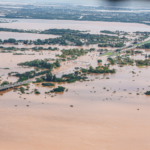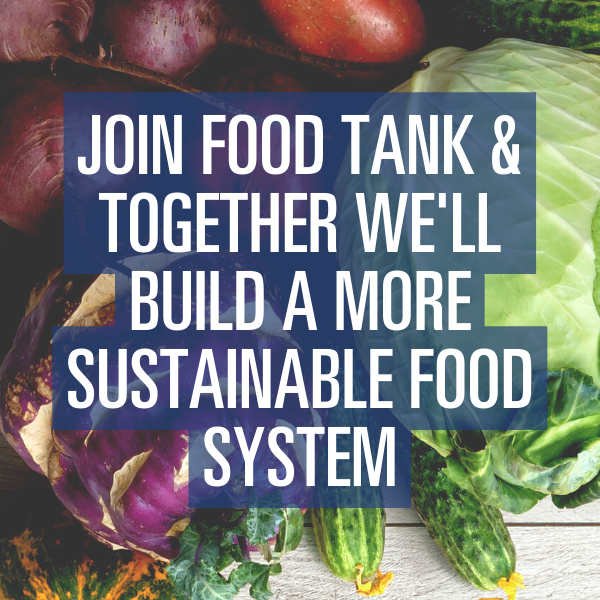Recently, Sri Lanka experienced the worst flooding in 14 years, brought on by monsoon rains across southwestern portions of the country which have affected an estimated 684,000 people, according to the country’s U.N. Resident Coordinator. A total of 212 deaths had been confirmed and 79 people remained missing as of early June.
The main cause for severe flooding was two rivers overflowing, particularly in the southern Galle and Kalutara. CNN reported that Ratnapura—63 miles southeast of the capital Colombo—experienced up to 453 millimeters (17.8 inches) of rain over just three days. Ratnapura was the district with the highest death count of any area, with 79 deaths. There, shops and houses remained submerged in 3 to 9 meters (10 to 30 feet) of water.
As average rainfall begins to decrease, it’s replaced by concern about landslides, mainly in Ratnapura, Kalutara, Galle, Kegalle, Matara, Nuwara Eliya, and Hambanota districts. About 22,000 people remain temporarily displaced in 202 safe locations, while 2,500 houses have been destroyed and 15,890 are partially damaged, according to U.N. Resident Coordinator for Sri Lanka.
The Disaster Management Centre (DMC) reported that the Government has released a grant of 166 million Sri Lankan rupees (nearly US$1,084,000) for the flood response. A total of 22 agencies are currently providing health, protection, education, food security, WASH, emergency shelter, Non-Food Items (NFIs), and early recovery activities in nine districts. U.N. Humanitarian Country Team (HCT) has set an Emergency Response Plan for US$22.7 million, which outlines the support between U.N. agencies and NGOs.
Meanwhile, some are pointing to a lack of prevention measures prior to these events. In a speech in Galle, Sri Lankan President Maithripala Sirisena said “people who oppose prevention plans are the ones who cry hoarse when the floods occur” The Wire reports.
International response has been prompt, as neighboring countries like India, Australia, Russia, China, and Bangladesh have provided assistance with the emergency and recovery operations. Rains have also hit Thailand, producing heavy rainfall and widespread flooding.
Extreme weather caused these monsoon rains to be the worst to hit Sri Lanka since 2003. This comes just two months after nearly 900,000 people were affected by the country’s worst drought in 40 years, according to the World Food Programme (WFP), and were undergoing serious food insecurity and malnutrition.











